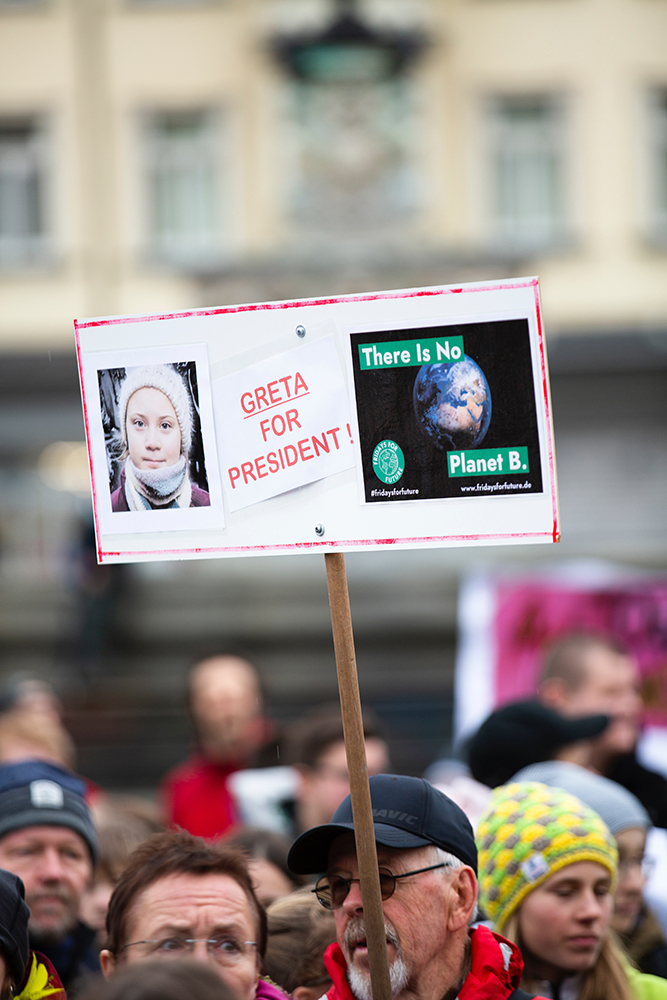KUALA LUMPUR: The FBM KLCI is likely to perform better in the fourth quarter once there is less noise from political uncertainties and Covid-19-induced movement restrictions, according to Maybank Kim Eng head of regional equity research Anand Pathmakanthan.
The fourth quarter will be very different, hopefully there will be (political) resolution in September when Parliament re-opens. Then, we can focus on the positives.
Vaccination rates are dramatically better compared to two months ago, and we should be reaching herd immunity by year-end. We also have corporate resilience, as the export-oriented sectors as well as commodities are doing extremely well.
None of this is being reflected right now because investors are extremely sidelined by the noise coming from the lockdowns and politics, said Anand in an online webinar entitled Asean Macro Outlook and Strategy organised by the investment bank.
Maybank Kim Eng regional co-head (macro research) Chua Hak Bin; head of research Singapore and regional financials Thilan Wickramasinghe; and chief economist and regional co-head (macro research) Suhaimi Ilias were the other participants at the webinar, which was moderated by Bloomberg TV markets reporter Sophie Kamaruddin.
Maybank Kim Eng regional co-head (macro research) Chua Hak Bin; (pic) head of research Singapore and regional financials Thilan Wickramasinghe; and chief economist and regional co-head (macro research) Suhaimi Ilias were the other participants at the webinar, which was moderated by Bloomberg TV markets reporter Sophie Kamaruddin.
In a nutshell, the third quarter is bad (for the local bourse) but the fourth quarter should be a lot better. We think earnings growth this year could still be above 20%, compared to minus 20% last year, said Anand.
When you look at the FBM KLCIs composition, it is quite skewed towards relatively insulated sectors like telecommunications, utilities, petrochemicals and banks.
As far as the corporates are concerned, based on what we see from earnings delivery for the last three quarters, they are being pretty resilient, he added.
Anand noted that the local bourse has seen a tough year, and was the worst Asean performing index in the first half.
Besides the movement restrictions and political issues, he pointed out that glove stocks had weighted heavily on the local bourse.
Glove stocks, which were big outperformers last year, have been de-rating dramatically this year, said Anand.
Suhaimi said he expects the low interest-rate environment in the region to continue into next year.
Meanwhile, Suhaimi (pic, above) said he expects the low interest-rate environment in the region to continue into next year.
The beginning of interest rate policy normalisation may only happen in late 2022 for economies like Malaysia, the Philippines and Indonesia, he said.
Suhaimi also takes the view that 2022 will be a better year for Asean in terms of domestic demand, as the region sees continued progress in Covid-19 vaccination rates.
This year, the global economic recovery is providing some cushion against downside risks from our (lower) domestic demand. We do not see major retrenchments due to fiscal stimulus.
Governments around the world and in the region acknowledge that fiscal policy will still have to do a fair bit of heavy lifting in supporting domestic demand, he said.
However, Suhaimi noted that the investment banks in-house research indicated that the Malaysian economy had contracted in June and July, on the basis of manufacturing Purchasing Managers Index (PMI).
The manufacturing sector has a lot of backward and forward gears across various industries and sectors of the economy, he said.
Still, he was optimistic that the country would have 80% of the population vaccinated by October, based on the half a million Covid-19 vaccine doses administered daily currently.
Meanwhile, Chua opined that the expected eventual tapering or slowing down of the United States Federal Reserve asset purchase programme would have less impact on Asean exchanges, compared with the tantrum seen in 2013.
A repeat of the Fed taper tantrums we saw in 2013, is probably unlikely. A few things are different this time.
The foreign positioning this time is nearer to the lows rather than the highs, unlike 2012 when it was actually a bull market in Asean stocks and bonds. The money last year went more to China, and also the tech space, observed Chua.
He also noted that foreign exchange reserves in Asean countries have been building up quite a bit, and exports have been have been booming, especially on the commodity side.







